Is a Sunflower a Herb or Shrub? Discover the Answer Here!
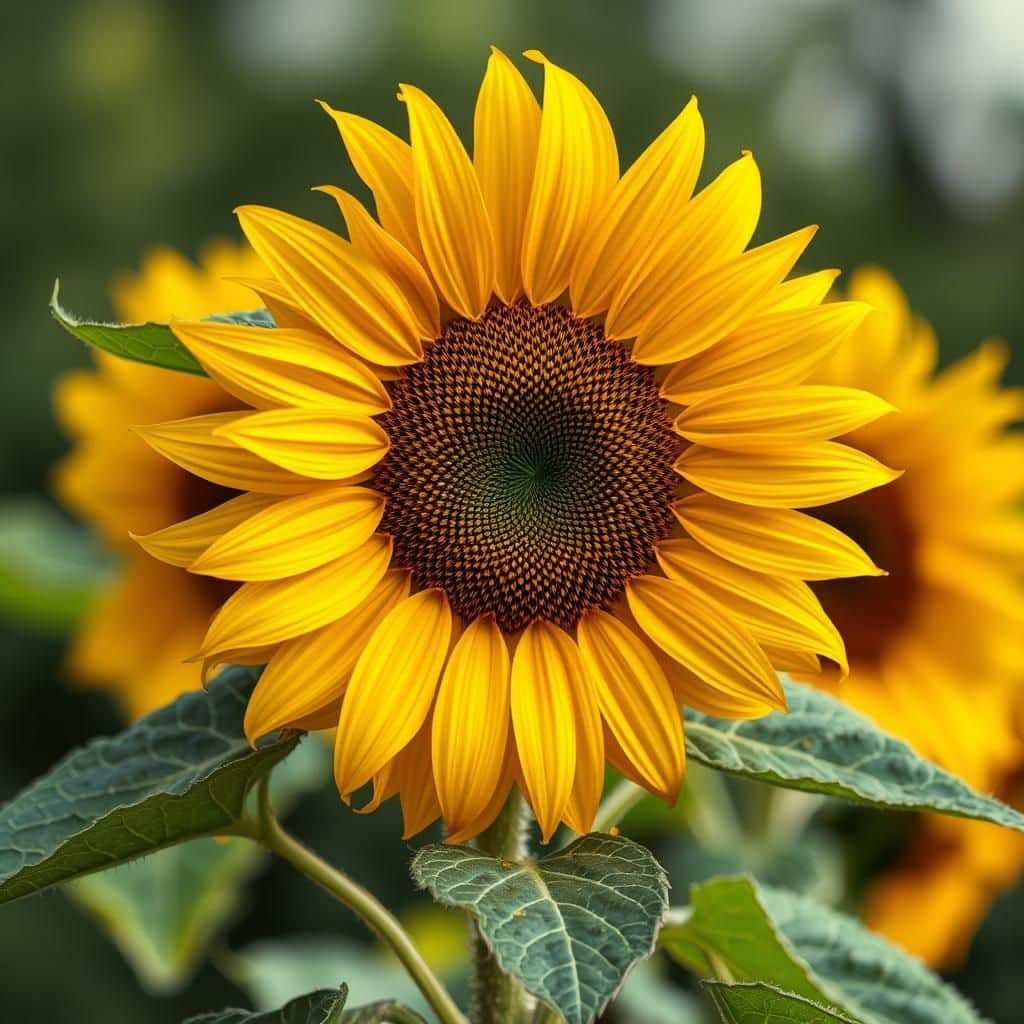
Sunflowers are among the most recognizable and beloved flowers, often associated with warmth and happiness. However, a question that often arises is whether sunflowers classify as herbs or shrubs. This article delves into the botanical classifications of sunflowers, exploring their characteristics and growth habits. By examining their features and comparing them to other plants in the same family, we aim to uncover the truth behind this intriguing question. Join us as we unravel the mysteries of the sunflower’s identity and shed light on its classification in the plant kingdom.
Is a Sunflower a Herb or Shrub?
Sunflowers, scientifically known as Helianthus annuus, are classified as herbs due to their non-woody stems and the fact that they complete their life cycle in a single growing season. Unlike shrubs, which are characterized by their woody stems and perennial nature, sunflowers grow rapidly, typically reaching maturity in about 70 to 100 days. The plant generally has a tall, sturdy stalk that supports a large flower head, which is a key feature of the sunflower. Despite their impressive height, sunflowers do not develop the woody structure typical of shrubs, solidifying their classification as herbaceous plants.
Characteristics of Sunflowers
Sunflowers are typically recognized for their large, vibrant yellow petals and towering height, which can reach up to 10 feet in optimal conditions. The flower head is composed of numerous smaller flowers, collectively known as a capitulum, and is surrounded by bracts. The broad leaves are typically rough and heart-shaped, growing alternately along the stem. Overall, these characteristics contribute to their classification as herbs.
Life Cycle of Sunflowers
The life cycle of a sunflower is classified as annual, meaning they complete their growth, reproduction, and death within a single year. Seeds are planted in the spring, germinating quickly in warm soil. The plants grow rapidly, producing a substantial stalk and foliage, followed by the development of flower heads that attract pollinators. This lifecycle stands in contrast to shrubs, which may live for multiple years and produce flowers across different seasons.
Comparison with Shrubs
Shrubs differ fundamentally from sunflowers in several ways. Shrubs are typically characterized by their woody stems and prolonged lifespan, often living for many years. In contrast, sunflowers, as herbaceous plants, are non-woody and die back after their growing season. This distinction is essential in understanding the ecological roles of both types of plants, as shrubs often contribute to the structure of a landscape, while sunflowers serve as important annual crops and attractors of wildlife.
Ecological Role of Sunflowers
Sunflowers play a significant ecological role, serving as a vital source of food for various pollinators such as bees and butterflies. Additionally, the seeds of sunflowers are rich in fats and proteins, making them an essential food source for birds and small mammals. Their rapid growth and ability to thrive in diverse conditions also help stabilize soils and prevent erosion, showcasing the importance of these herbaceous plants in their ecosystems.
Culinary and Agricultural Importance
The sunflower is not just a beautiful garden plant; it also holds significant value in agriculture. The seeds produced can be harvested and are widely used in food products, cooking oils, and snacks. In addition to their nutritional benefits, sunflowers are often grown as a cover crop to improve soil health and prevent weeds, demonstrating their versatile role in sustainable farming practices.
| Attribute | Sunflower | Shrub |
|---|---|---|
| Lifespan | Annual | Perennial |
| Stem Type | Herbaceous | Woody |
| Height | Up to 10 feet | Varies significantly |
| Seed Production | High | Variable |
| Ecological Role | Pollinator attractor | Structure stabilizer |
Is a sunflower an herb?

Definition of Herbs
Herbs are defined as plants that are valued for their medicinal, culinary, or aromatic properties. Typically, herbs are non-woody plants that can be used in their entirety, and they usually exhibit a softer, green structure. Common characteristics of herbs include:
- They are often grown for flavoring food.
- Many herbs possess therapeutic attributes.
- They usually do not develop into woody stems.
Classification of Sunflowers
Sunflowers, scientifically known as Helianthus annuus, are classified as annual flowering plants that belong to the Asteraceae family. This classification positions sunflowers more closely with other flowers rather than with traditional herbs. Key classification points include:
- Sunflowers have a woody stem as they grow taller.
- They produce large, colorful blossoms that are significant in horticulture.
- They are cultivated primarily for aesthetic purposes and as food sources.
Sunflowers in Culinary Uses
While sunflowers are not classified as herbs, their seeds and oil are widely used in culinary practices. Sunflower seeds are a popular snack and ingredient in various dishes, offering nutritional benefits. Points in culinary usage include:
- They are rich in healthy fats and vitamins.
- Sunflower oil is commonly used for cooking and baking.
- Seeds can be added to salads, granola, and baked goods.
Medicinal Properties of Sunflower
Although sunflowers are not categorized as herbs, they possess several medicinal properties that are valued in traditional practices. The components derived from sunflowers can be utilized for their health benefits, which include:
See also: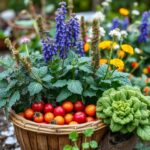
- Sunflower oil may promote skin health and hydration.
- The seeds contain antioxidants that can enhance overall health.
- They may assist in managing cholesterol levels.
Differences Between Sunflowers and Herbs
Understanding the distinctions between sunflowers and herbs involves analyzing their structure, growth patterns, and uses. The differences highlight why sunflowers do not fit the herb category:
- Sunflowers develop a thicker stem, unlike the soft stems typical in herbs.
- They are grown primarily for their aesthetic value and seeds.
- Herbs often yield leaves and edible parts for culinary purposes, while sunflowers focus on flower heads and seeds.
What is a sunflower classified as?

Sunflowers are classified as angiosperms, which are flowering plants belonging to the family Asteraceae. Within this family, the sunflower is part of the genus Helianthus, which encompasses several species, with Helianthus annuus being the most notable and commonly cultivated variety. A key characteristic of sunflowers is their large flower head, which is actually a composite of numerous smaller flowers called florets, arranged in a circular pattern.
Classification Overview
The sunflower is categorized scientifically as follows:
- Kingdom: Plantae
- Clade: Angiosperms
- Clade: Eudicots
- Clade: Asterids
- Order: Asterales
- Family: Asteraceae
- Genus: Helianthus
- Species: H. annuus
Physical Characteristics
Sunflowers are well known for their distinctive appearance:
- Height: They can grow up to 10 feet tall, depending on the species.
- Flower Head: The flower heads can reach a diameter of up to 12 inches or more.
- Leaves: The leaves are broad and heart-shaped, arranged alternately on the stem.
Ecological Role
Sunflowers play an important role in their ecosystem:
- Pollination: They attract various pollinators, including bees and butterflies.
- Soil Health: Their roots help aerate the soil and prevent erosion.
- Seed Source: Sunflower seeds are a vital food source for birds and other wildlife.
Cultural Significance
Sunflowers have significant cultural impact:
- Symbolism: They are often associated with positivity and warmth.
- Art: Artists like Vincent van Gogh famously depicted sunflowers in their work.
- Festivals: Many regions celebrate sunflower festivals, highlighting their beauty and agricultural importance.
Uses of Sunflowers
Sunflowers are utilized in various ways:
- Culinary: Sunflower seeds are a popular snack and are rich in nutrients.
- Oil Production: Sunflower oil is widely used for cooking and food preparation.
- Ornamental: They are commonly planted in gardens and landscapes for their aesthetic appeal.
Which kind of plant is a sunflower?
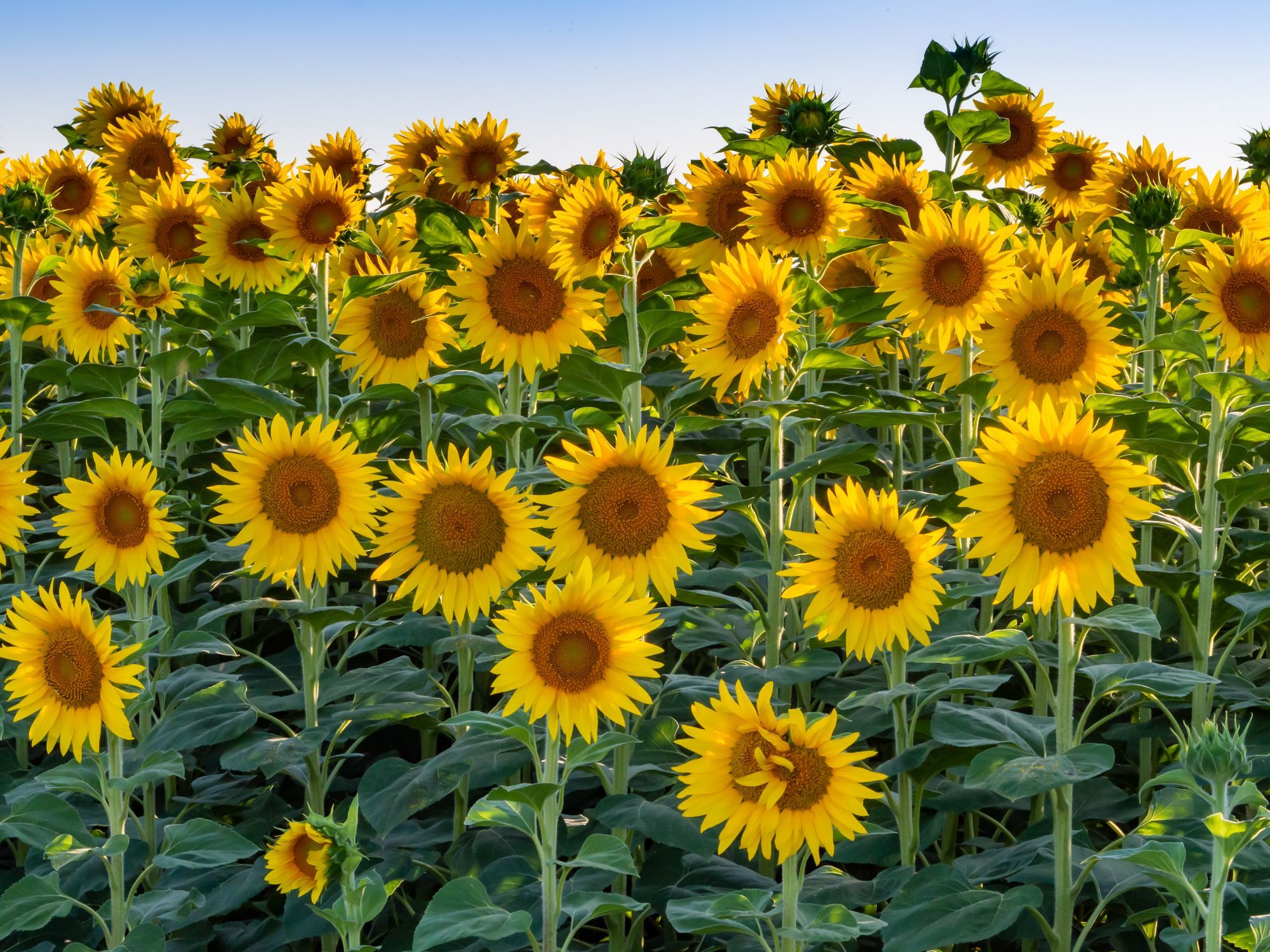
Sunflowers belong to the Asteraceae family, which is commonly known as the daisy family. Their scientific name is Helianthus annuus. Sunflowers are primarily known for their large yellow flowers that resemble the sun, and they are native to the Americas. Aside from being ornamental plants, they are valued for their seeds, which can be consumed as food and used to produce oil.
Botanical Classification of Sunflowers
Sunflowers are classified within the plant kingdom under several hierarchy levels:
- Kingdom: Plantae
- Clade: Angiosperms
- Clade: Eudicots
- Order: Asterales
- Family: Asteraceae
- Genus: Helianthus
- Species: H. annuus
Growing Conditions for Sunflowers
Sunflowers thrive in various growing conditions but have specific preferences that enhance their growth:
See also: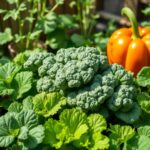
- Sunlight: They require full sunlight for optimal growth, ideally receiving at least 6 to 8 hours of direct sunlight daily.
- Soil: Well-drained soil that is rich in organic matter is preferred; sandy loam provides good drainage.
- Water: Regular watering is essential, especially during dry spells; however, it’s important to avoid waterlogging.
Uses of Sunflowers
Sunflowers are used for varied purposes, which include:
- Culinary: The seeds can be eaten raw, roasted, or incorporated into dishes; sunflower oil extracted from the seeds is widely used for cooking.
- Ornamental: Their bright, cheerful appearance makes them popular in gardens and floral arrangements.
- Ecological: Sunflowers can attract pollinators and other beneficial insects, playing a role in supporting local ecosystems.
Cultivating Sunflowers
When cultivating sunflowers, certain practices can help ensure healthy plants:
- Seed Selection: Choose high-quality seeds suited to your climate and intended use (e.g., oil or ornamental).
- Spacing: Adequate spacing between plants is vital for proper air circulation and growth; generally, they should be spaced 18 to 24 inches apart.
- Pest Management: Monitor for pests such as aphids or beetles and manage them using sustainable pest control methods.
Sunflower Varieties
There are numerous varieties of sunflowers, each with unique characteristics:
- Giant Sunflowers: These can grow tall, sometimes reaching heights of over 10 feet, and are often grown for their seeds and as a spectacle.
- Dwarf Varieties: Ideal for smaller gardens, these types remain compact and are often used in borders or containers.
- Colored Sunflowers: Beyond the traditional yellow, many hybrids boast red, orange, or even bi-colored petals, adding diversity to gardens.
Is a sunflower a bush?
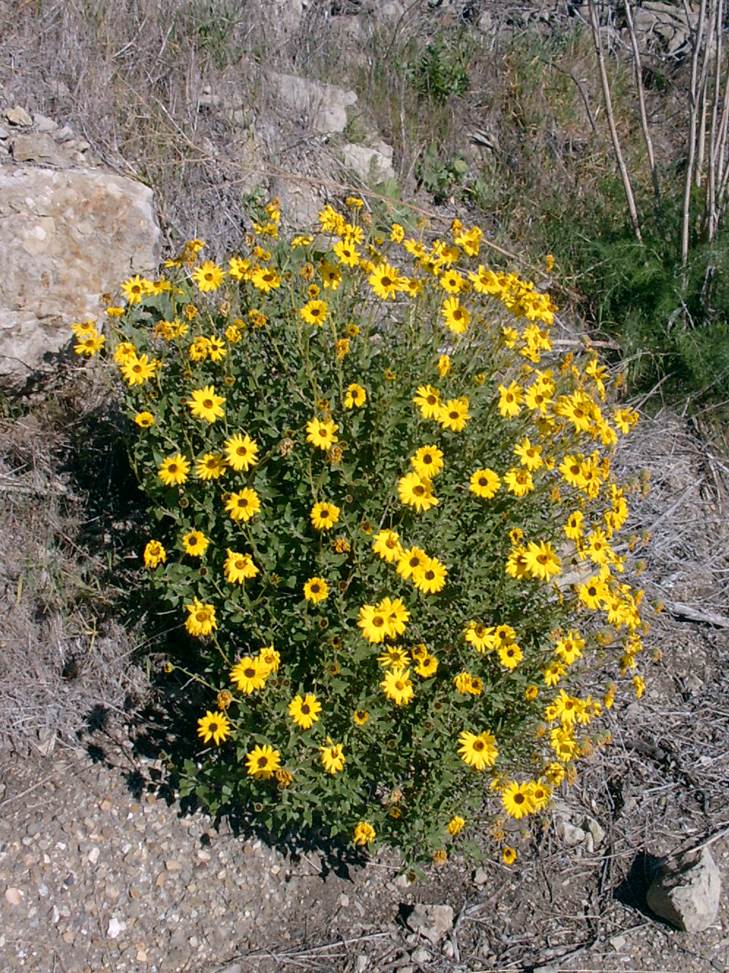
Sunflowers, scientifically known as Helianthus annuus, are not classified as bushes. They are categorized as herbaceous plants, which means they are non-woody and typically die back at the end of the growing season. Sunflowers grow from a single stem and can reach impressive heights, sometimes exceeding 10 feet, but they do not possess the multi-stem structure characteristic of bushes.
Characteristics of Sunflowers
Sunflowers exhibit several distinct characteristics that set them apart from bushes:
- Height: They can grow significantly taller than most bushes, often resulting in a single, dominant stem.
- Leaves: Sunflower leaves are broad and heart-shaped with rough textures, quite different from bush foliage.
- Flowers: The large, vibrant flower heads are a key feature, but bushes tend to have smaller, clustered flowers.
Growth Habit of Sunflowers
The growth habit of sunflowers is unique, primarily characterized by:
- Single Stem: Unlike bushes, which often have multiple stems, sunflowers typically grow from one central stalk.
- Annual Lifecycle: Sunflowers are annual plants, meaning they complete their lifecycle in a single growing season, while many bushes are perennial.
- Orientation: They exhibit heliotropic behavior, meaning they turn to face the sun as it moves across the sky.
Comparison Between Sunflowers and Bushes
When comparing sunflowers to bushes, it is important to consider several factors:
- Structure: Sunflowers are tall and singular, whereas bushes are low-growing and bushy with multiple branching stems.
- Growth Conditions: Sunflowers thrive in full sun and open spaces, while bushes can adapt to a variety of lighting conditions.
- Maintenance: Sunflowers typically require less upkeep as they are annuals, while many shrubs need regular pruning and care.
Ecological Importance of Sunflowers
Sunflowers play a vital ecological role, which includes:
- Pollinator Attraction: Their large flowers attract a variety of beneficial insects, including bees and butterflies.
- Soil Health: They can improve soil health by reducing erosion and enhancing soil structure.
- Seed Production: The seeds serve as an important food source for birds and other wildlife, contributing to local ecosystems.
Cultivation of Sunflowers
The cultivation of sunflowers is an important agricultural practice with several benefits:
- Commercial Value: Sunflower seeds are harvested for oil, snacks, and the health food industry.
- Ease of Growth: Sunflowers are generally easy to grow, making them popular for home gardens and farms alike.
- Crop Rotation: They are often used in crop rotation strategies to improve the health of soil and reduce pest populations.
Questions from Our Readers
Is a sunflower a herb or shrub?
Sunflowers are classified as herbs rather than shrubs. They are annual plants that grow from seeds and typically have soft stems, which distinguishes them from woody shrubs.
What characteristics define sunflowers as herbs?
Sunflowers possess several characteristics typical of herbs, including their non-woody stems and the fact that they die after producing seeds. These plants can grow to significant heights, but they do not develop the rigid structures present in shrubbery.
See also:
Are sunflowers edible and used for anything?
Yes, sunflower seeds are edible and widely consumed. They are a source of nutrients and are often used in snacks, cooking oils, and various dishes, demonstrating the versatile use of this herb in culinary applications.
Can sunflowers be grown in different climates?
Sunflowers are quite adaptable and can be grown in various climates, thriving best in areas with full sunlight and well-drained soil. They are often seen in gardens and agricultural fields around the world, showcasing their robust nature.

If you want to read more articles like Is a Sunflower a Herb or Shrub? Discover the Answer Here!, we recommend you check out our Seeds category.
Leave a Reply
Related Articles